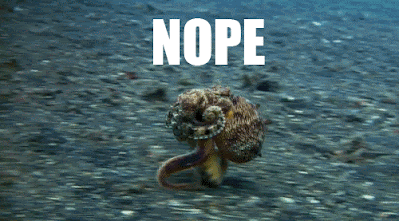Arachnolingo 1: "True" spiders: are tarantulas "false spiders"?

A few days ago, I was "corrected" on social media by a gentleman who explained to me that tarantulas and trapdoor spiders weren't actually spiders, but belonged in a different order of Arachnids. While his unfailing confidence (a quality often found in people incorrectly correcting others) forced admiration, that gentleman was unfortunately very wrong. Although not "true spiders", tarantulas truly are spiders In fairness to him, though, he was not the first, nor the only one to make that mistake. Common names are often a source of confusion , and there's no finer example of that than "true spiders", the English common name of the infraorder Araneomorphae. It seems to imply that tarantulas, trapdoor spiders and the like, which aren't part of that group, are some sort of "false spiders" that are similar and related, but not bona fide spiders. It's not the case, though. Let's talk basic spider taxonomy. Spiders, along with sco...

